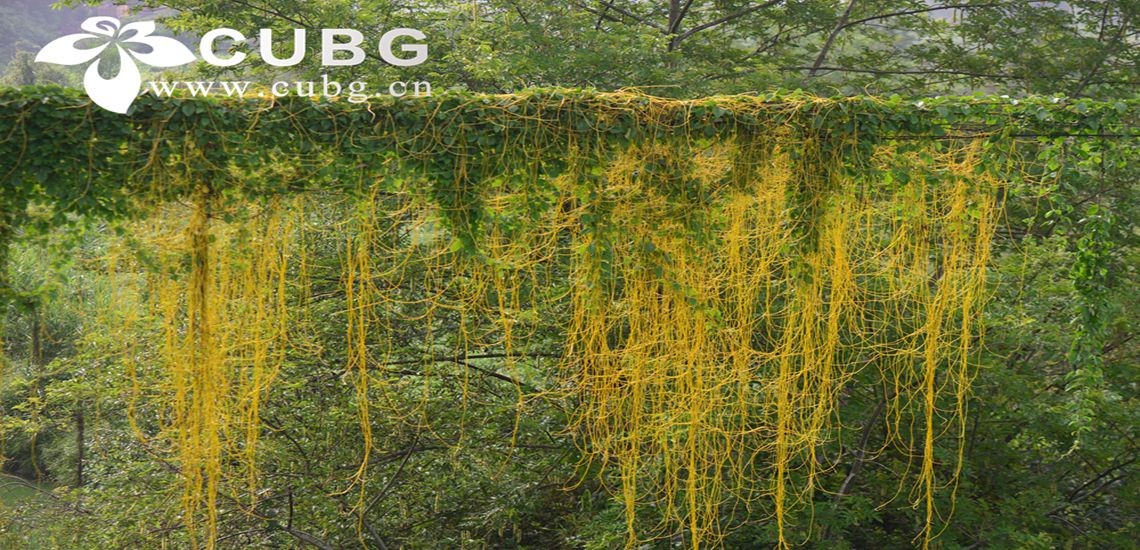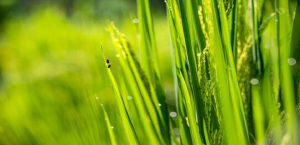Abstract:
Disturbance and climate change are resulting in increased liana abundance and biomass in tropical forests. The proliferation of lianas may have diverse effects on forest ecosystem processes. For example, the differences in nutrient concentrations in liana foliage in comparison with trees, could influence both green and brown food webs. By growing fast and relying on external support, lianas reduce the growth of their host trees, and they invest invest less carbon in stems, lianas not only reduce the ability of forests to sequester carbon, but also influence carbon emissions and nutrient cycling through their own decomposition. Yet the decomposition of liana tissues is poorly understood compared to that of trees. Our talk aims to stimulate a discussion on the effects of liana proliferation on carbon emissions and nutrient cycling. We summarize how adaptive pressures have shaped the structural, chemical, spatial, and temporal differences between the living tissues of lianas and trees. We discuss how these differences may alter the post-mortem state of both growth forms. We highlight the opportunities for empirical studies that make use of liana-tree differences to answer ecological questions concerning the influence of afterlife traits on the decomposability of both liana and tree tissues (e.g., effects of complementarity, phylogeny, and distance to ground). Last, we suggest new research directions that would address these research gaps. Studies on the afterlives of lianas in forest ecosystems will increase our understanding of their contribution to terrestrial biogeochemical cycling and facilitate the inclusion of lianas as an important and distinct woody plant growth form in future terrestrial carbon models.
Speaker: Dr. Juan Zuo, Dr. Denis M Njoroge
Affiliation: Wuhan Botanical Garden
Time: 4:30 PM, Tuesday, Feb. 20, 2024
Venue: Tencent Meeting ID:823-833-779
https://meeting.tencent.com/dm/HnCbrsD3y5pL



